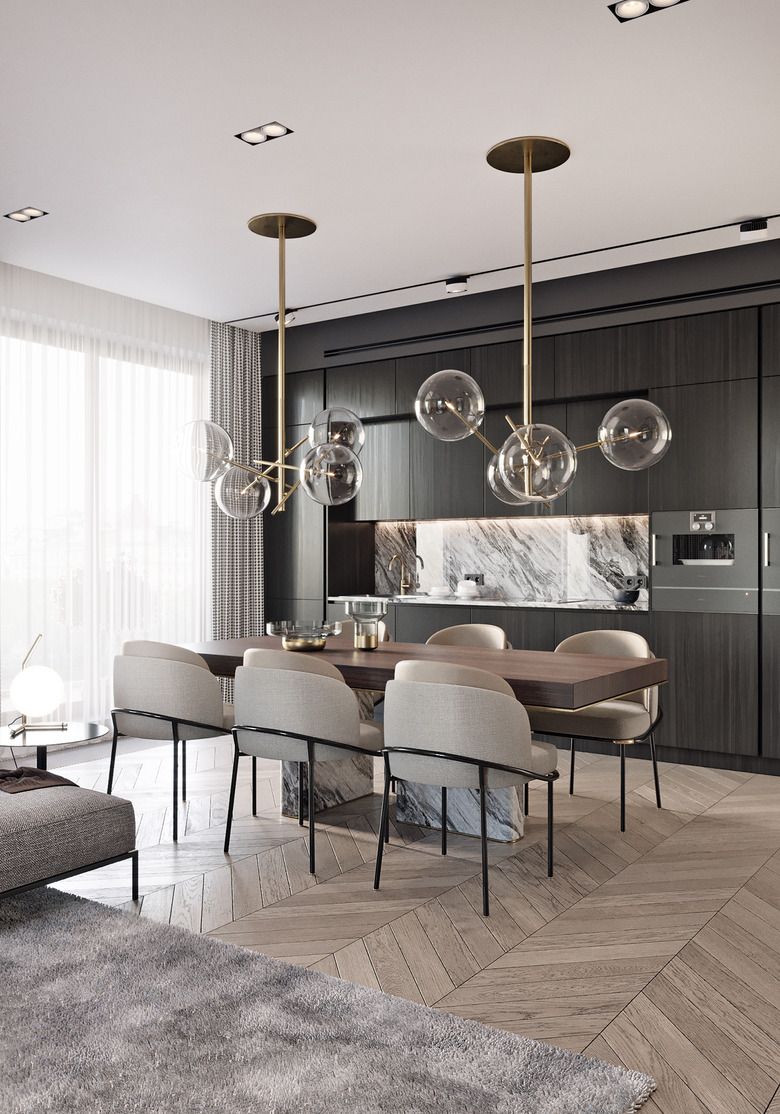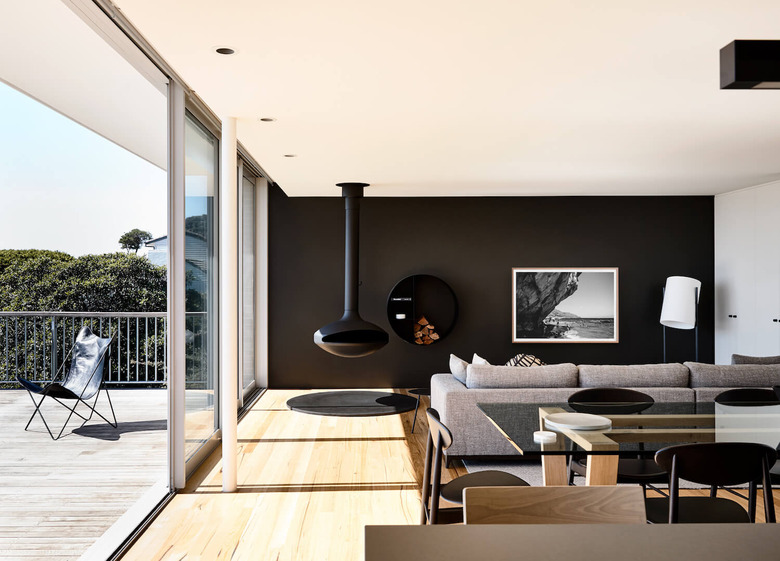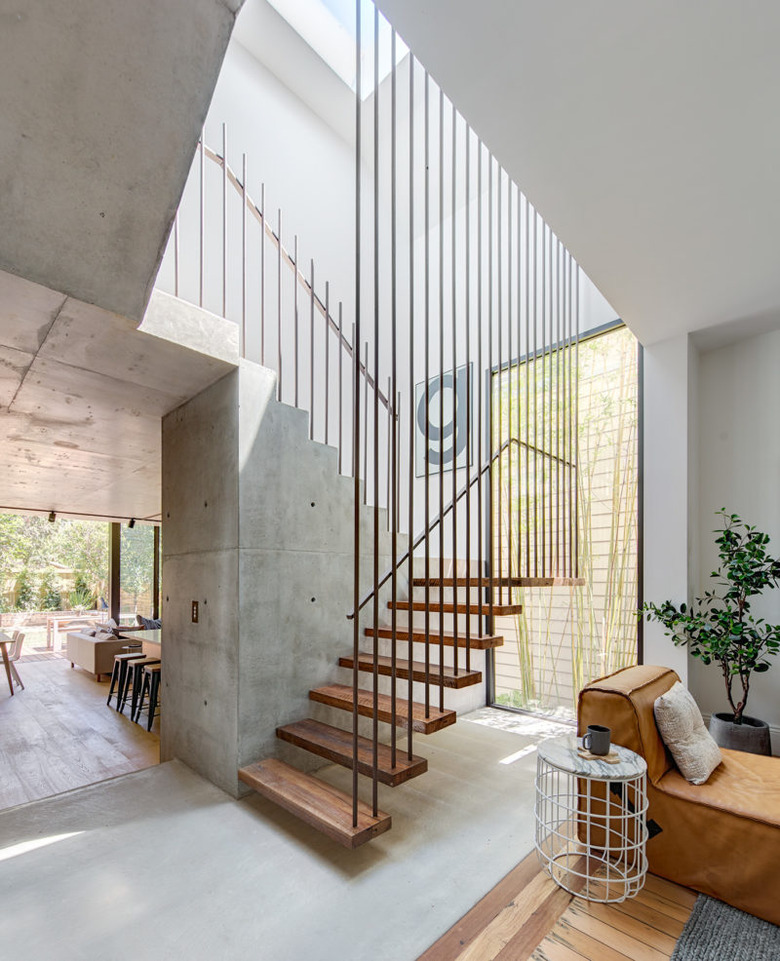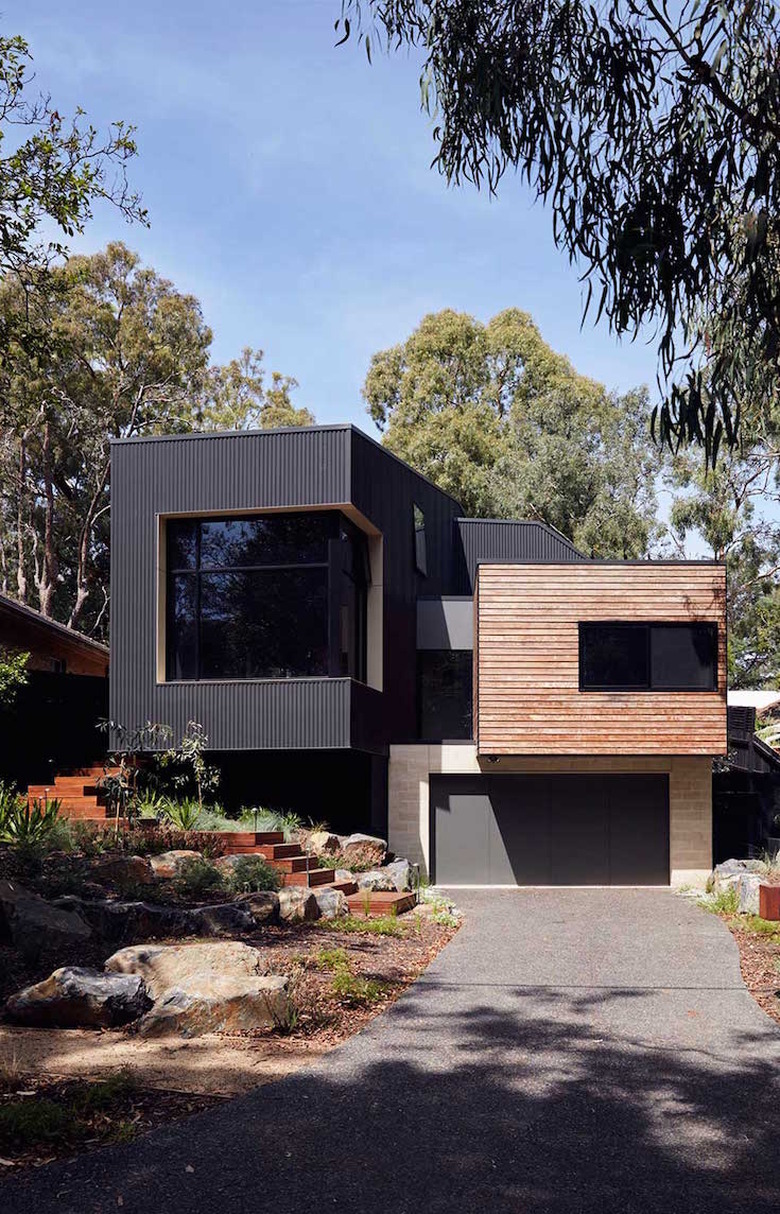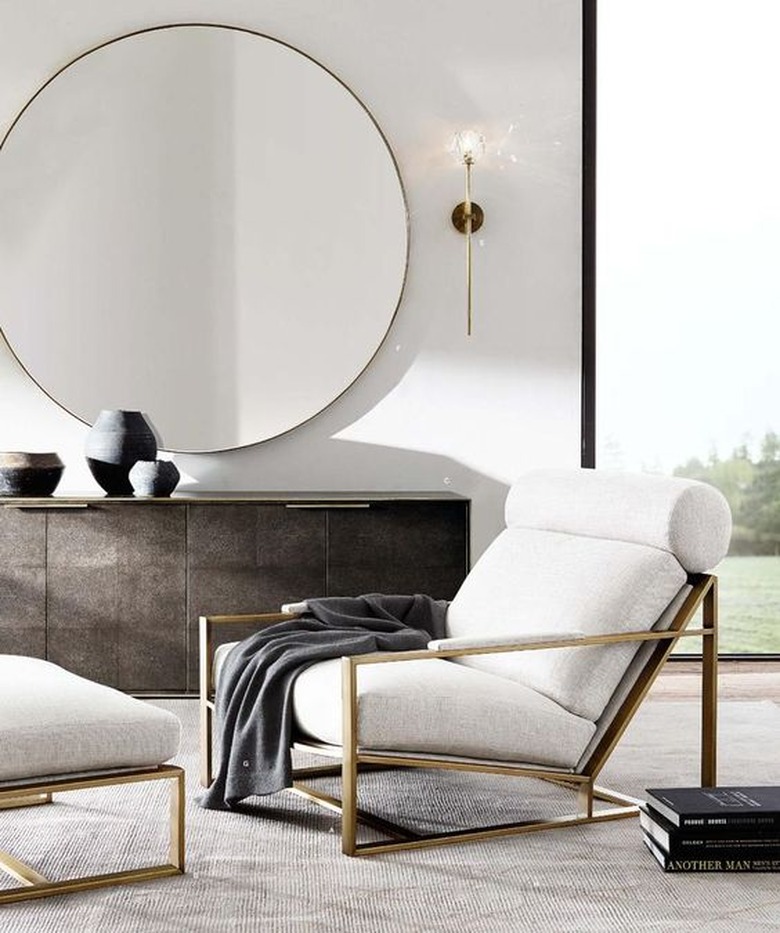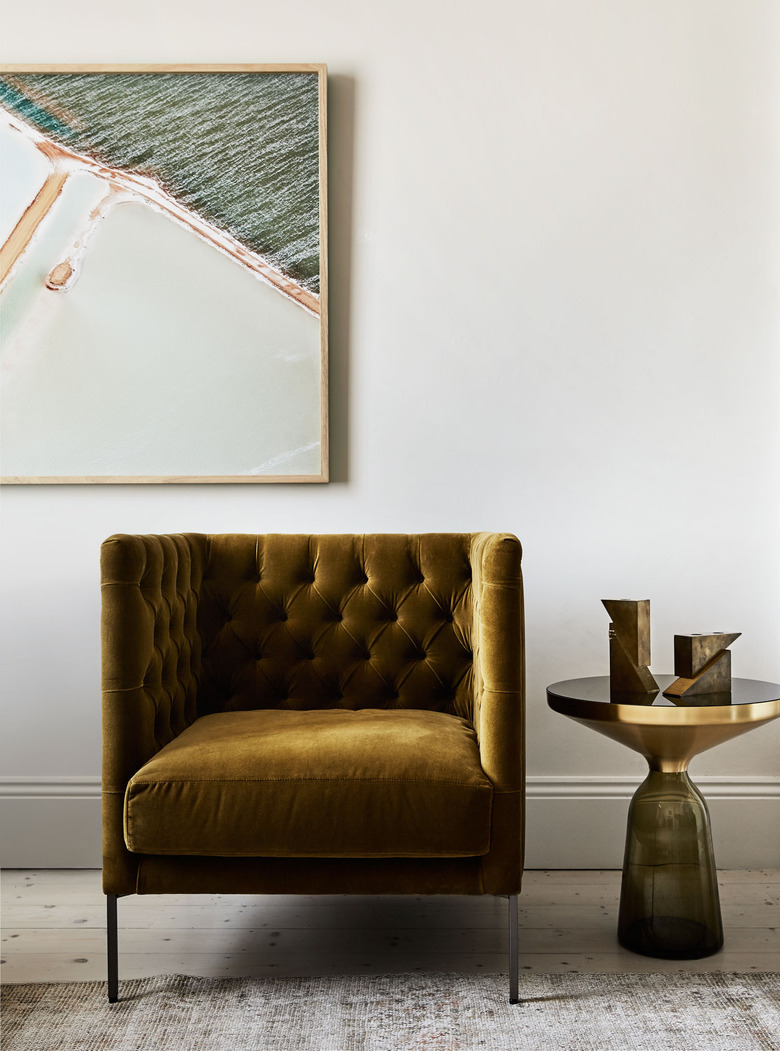How To Know Whether Something Is Modern Or Contemporary
So it turns out that knowing the difference between modern and contemporary style, and having the ability to identify something as one or the other, are two separate beasts. The two styles, while separate, are just closely related enough to make things nice and confusing. So how do we know which is which? Hold on to your hats, because we are about to dive in and tackle the age old question: Is this modern or contemporary?
You know what they say: Timing is everything.
You know what they say: Timing is everything.
Timing is the biggest difference between 'modern' and 'contemporary' (actually, at the moment, it's one of the only definitive differences). Even though we now use the term 'modern' rather expansively, the time period during which modern style emerged is fairly easy to nail down. While exact dates have been contested, the advent of 'modern' design roughly coincides with the twentieth century — from around 1920 to around 1980.
Determining the time period that corresponds to contemporary style is a trickier task, since contemporary literally means 'right now.' The question remains: Is right now today, this year, this decade, or this century? The easiest way to tell the difference between the two styles is to ask yourself what time period fits it best. If it looks like something that would work for your home, but not your parents' or grandparents' homes, chances are that it's contemporary.
What are the architectural differences and similarities?
What are the architectural differences and similarities?
The fluidity of the word 'modern' in casual conversation is beginning to disrupt the definition of 'modern architecture.' Structures that qualify as architecturally modern (based on the date of their construction) are quickly becoming thought of as more traditional. In terms of exterior design and floor plan layout, 'modern' is shifting to 'midcentury' (post-1960). Architecturally speaking, the first half of the twentieth century is more often than not included in the realm of traditional design. To spot modern architecture, look for hard angles and clean lines, low profiles, open floor plans, and neutral color schemes.
These days, contemporary architecture is pretty much the same as modern architecture, but with a twenty-first century upgrade. When trying to identify contemporary architecture, look for something that takes it all to the next level. In contemporary homes, you can expect to find seamless interior-exterior transitions, lots of natural building materials (especially stone) and sun lit rooms thanks to floor-to-ceiling windows.
Now, let's explore furniture design.
Now, let's explore furniture design.
As of late, contemporary furniture looks a lot like modern furniture, only with a bit of a whimsical streak. Contemporary designs like to push boundaries, striving to surprise in both form and function. If it's convertible, collapsible, stackable, or generally unexpected, there's a good chance it's contemporary. On the other hand, modern style is committed to combining form and function. If it reclines, if it's interchangeable, or at all modular, then it's probably modern.
Are there any differences in decor?
Are there any differences in decor?
On the whole, contemporary decor has maintained the neutral color palette that was popularized by modern style, while making the most of pops of color, as well as the minimalist philosophy to 'do the most with the least.' An accent color might appear as a throw pillow or window trim in a home with modern decor. However, accent colors appear in bolder forms (not to mention textures) in contemporary decor, such as a large accent wall or painted mural, a piece of furniture upholstered in vivid hues or patterns, or a funky area rug.
